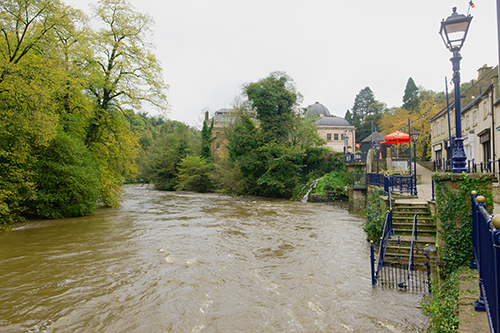“Making insurance effective in the face of climate change may require it to be legally enforced”
Recent hurricanes hitting the Southeastern United States have again robbed people of their homes, businesses and lives. Hurricane Helen, in late September, was followed up last week by Hurricane Milton, collapsing seemingly robust building structures and submerging communities across Florida in high waters. Many who are now confronted with the expenses of rebuilding are either not insured or are finding out that damages are not included in their policies.
The wreckage serves as a stark reminder of the escalating threats of natural disasters, and, according to a Bayes Business School expert in public private partnerships for disaster insurance, the limitations of the insurance business model. Dr Eugenia Cacciatori, Reader in Management at Bayes, said insurance alone, especially in its current configuration, was a far from adequate prevention mechanism for covering against recurring natural disasters.
"Insurance can be a powerful mechanism for financing resilient rebuilding," she said.
"However, this requires more widespread and much deeper integration with resilience. The whole disaster insurance infrastructure needs rethinking to go beyond financial protection and individual buildings, and towards a model of mandatory insurance.
“The traditional focus of insurance on financial protection is insufficient in the face of climate change. Insurance must play a more active role in promoting physical resilience, to incentivise mitigation measures and support resilient reconstruction.
“Insurance should be seen as a tool of last resort, which comes into play after all other loss containment activities. It needs to be just one part of a larger national conversation, including government agencies, construction companies and planners, on how to ensure resilience to climate change. In some areas, rebuilding might not be wise, while in others, it might require extensive investment in resilience.
Dr Cacciatori's book, Disaster Insurance Reimagined, offers a detailed examination of these challenges and proposes concrete steps towards creating a more sustainable and equitable disaster insurance system.
“Making insurance effective in the face of climate change may require it to be legally enforced,” she continued.
“Compulsory, multi-peril disaster insurance – coupled with strong government investments in physical resilience – means costs and benefits are more evenly spread across the population.
"They would also mitigate for a variety of disaster exposures and provide incentives to reduce losses. This would therefore help ensure that individuals and communities have the resources to adapt to the realities of a changing climate.
Disaster Insurance Reimagined: Protection in a Time of Increasing Risk (Oxford University Press) provides a comprehensive analysis of Protection Gap Entities (PGEs) and their role in addressing global disaster insurance problems. PGEs are collaborative initiatives between the private and public sectors designed to bridge the gap between insured and actual losses from disasters. Drawing on extensive research, the book offers valuable insights into the origins, functions, and evolution of PGEs, and presents a compelling vision for the future of disaster insurance in a world increasingly affected by climate change.




